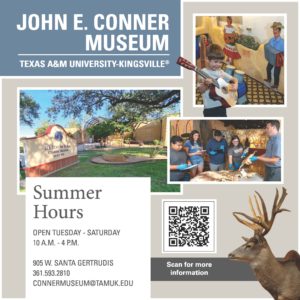Education students at Texas A&M University – Kingsville (TAMUK) face the looming challenge of teaching and observing amid a global pandemic.
Teaching while still being a student poses a unique level of difficulty. Combine that with the coronavirus, and students in the College of Education and Human Performance (CEHP) find the situation almost impossible.
In Spring 2020, CEHP student Anna Arevalo was doing a semester as a student observer in a second-grade classroom. Things changed in March when, after spring break, students on college and public-school campuses alike did not go back into the classroom. Instead, Arevalo filled the rest of her observation hours that semester with videos on topics such as professionalism in the classroom.
“They basically just gave us a bunch of websites and said find any professional development that you can. So, we had to look for all of that,” Arevalo said. “I felt super sad… it really doesn’t compare to being in the classroom with the kids.”
One semester later recent CEHP graduate C.R. Neal was completing his student teaching in a freshman English class in Bishop. He had only three students in his classroom. The rest were online.
“A cloud of despair shrouded the classroom… The social aspect of education had, understandably, been lost,” Neal said.
His in-person students would finish a day’s work by mid-morning and “sleep for the rest of the day.”
The pandemic cannot be blamed for everything. Mismanagement by the university and local districts contributed to the frustrations felt by CEHP students during their time in the public schools.
The CEHP would “not communicate with their students on both the minutia of day-to-day and overarching responsibilities of being a student-teacher,” Neal said. “I understand that the situation was fluid and ever-changing, however, it is unacceptable on a professional level to not keep students informed of what is expected of us.”
Arevalo explained that on the district level everyone approached the problem differently, but for some it was “easier” to resort to sources like YouTube videos for students “just to get the hours in.”
It may have been easier for the schools, but the lack of communication and hands-on training made for a far more difficult and frustrating experience for the students.
The South Texan reached out to the College of Education and Human Performance for comment and did not receive a response.

